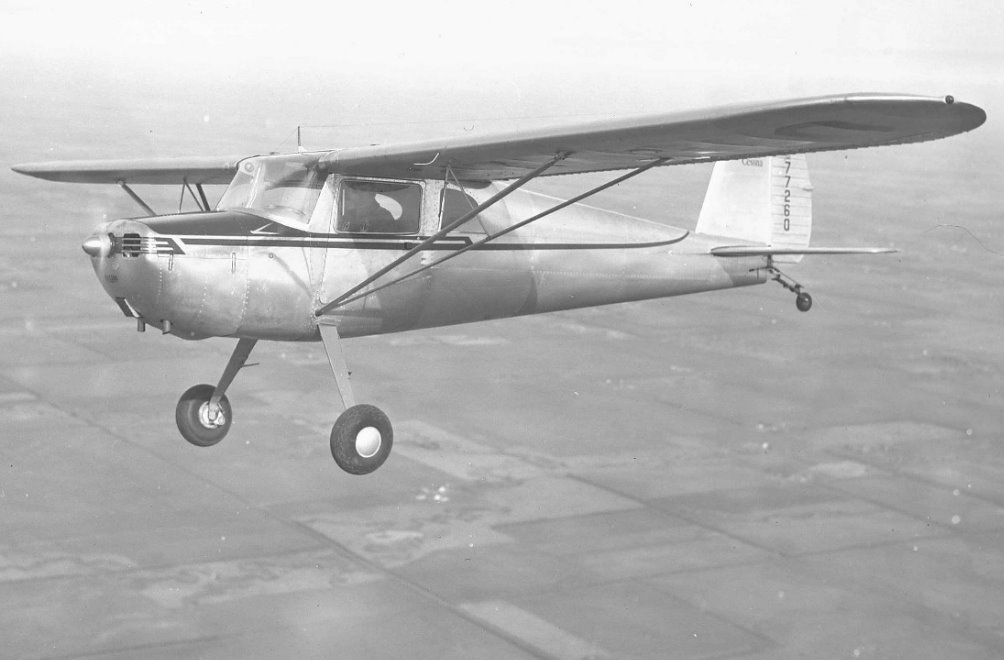I decided to paint the engine side of the firewall and treat the inside with a light coating of Corrosion-X. I didn't want paint on the inside of the firewall in case of fire in the engine compartment. The possibility of paint in the cabin smoking or flaming while trying to land in an emergency is more than I want to consider. For the engine side I mostly wanted something which could take as much heat as possible while keeping rust to a minimum. Since the rust after all these years was minimal I chose to clean the firewall lightly with Scotcbrite to scuff up the surface and MEK to remove any residual oil. I primed it with 2 light coats of Dupli-color 500 degree engine enamel primer. This was the highest temp primer I could find which did not require curing at 600 degrees. The light coats were intended to just get the advantage of better adhesion by using a primer under the finish coat. For the finish I used one light coat and one medium coat of GPM High Heat Aluminum paint. It's rated for up to 1000 degrees for use on outdoor grills, etc. Do I have a clue whether either of these will hold up or handle high heat, nope. What I do know is that most paints, including my much loved epoxy primer can not handle much over 200 degrees. Only time will tell how this mix works. Hopefully it will never be tested by fire.
The large hole is for the cabin heat valve. I've got it cleaned up and painted with 500 degree engine enamel. I need to find out why it was riveted on since the parts manual shows it screwed on. Screws would have made keeping the thing working well a lot easier. I'm planning to put it back with screws unless I can find why it should be riveted. I'm tired of things which do not work because they were not maintained properly. The valve was stuck with rust and paint which had gotten into it.
Subscribe to:
Post Comments (Atom)



No comments:
Post a Comment